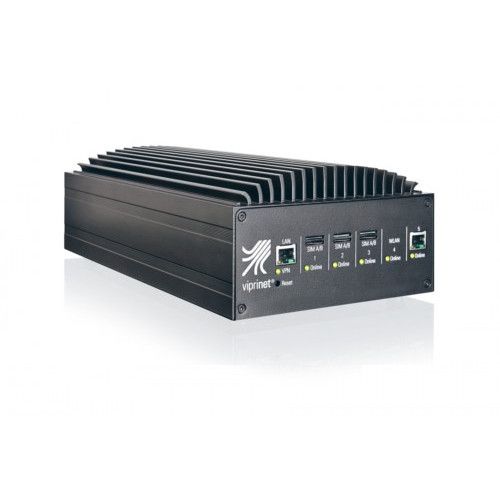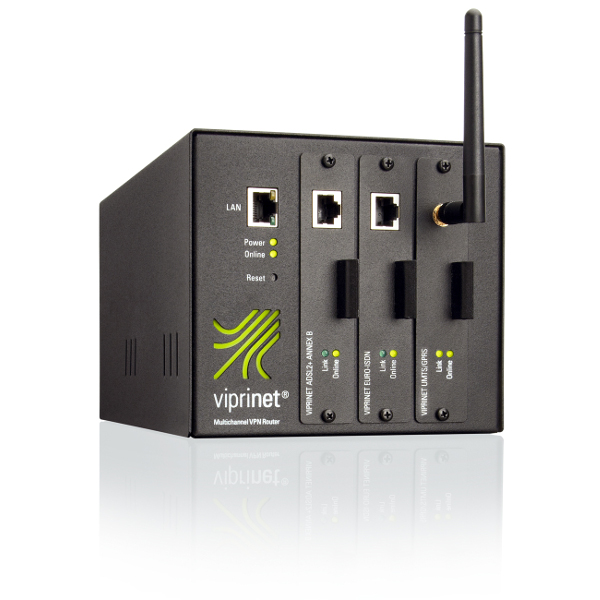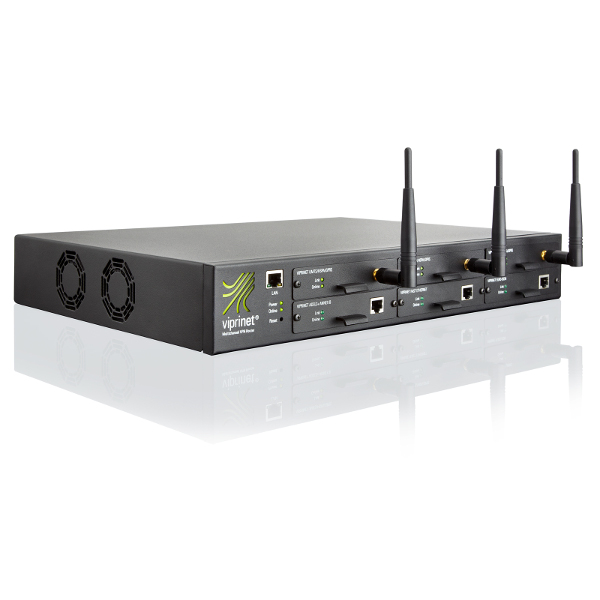Shop
Toughlink 2503
Features
Real bonding of all connection bandwidths
Quality of Service / traffic shaping
Monitoring (graphical and remote-syslog)
Traffic accounting via external server
Multi-user web administration system
Technical Details
Enclosure format: 2-DIN
Weight (ca.): 3.8 kg 8.4 lb
Power rating: 12 VDC, 4 A max PoE+-able
Power supply: External power supply, 100–240 VAC, 50–60 Hz
LAN Interface: GBit Ethernet
WAN Interface: 1x GBit Ethernet and 4x 4G Global LTE pre-installed
WLAN Access point: 2x 2.4 & 5 GHz Dual Band 802.11a/b/g/n 3×3 MIMO
GPS: L1 band with 1.57 GHz
Bonding capacity: up to 150 Mbps
SIM card holders: 2 slots per mobile data interface (Dual SIM)
Maximum power consumption: 48 Watt
Typical power consumption: 20 Watt
Recommended # of users in LAN: 75
Connectors
8x FAKRA connector for LTE / MIMO
6x FAKRA connector for WLAN AP
1x FAKRA connector for GPS
Frequency Bands
LTE-FDD Band B1/B2/B3/B4/B5/B7/B8/B12/B13/B18/B19/B20/B25/ B26/B28
LTE-TDD Band 3: B38/B39/B40/B41
UMTS: B1/B2/B4/B5/B6/B8/B19
GSM: B2/B3/B5/B8
GPS: L1 Band with 1.57 GHz
Description
With Toughlink, Viprinet offers a router platform that can cope with even the most extreme demands. Up to five broadband connections can be bonded to form a highly available connection. The extraordinarily robust
housing enables mobile and stationary missions from the Sahara to the North Pole.
The Toughlink 2503 model is equipped with four LTE modems that cover a total of 19 different LTE radio bands, and thus almost all frequencies commonly used worldwide. This makes the device predestined for international and cross-border use. Unlike the sister models 2500/2501/2502, the modems only have LTE category 4 (instead of LTE-Advanced in the other models), but since this still achieves up to 150 Mbit/s downstream and 50 Mbit/s upstream per channel, these lower peak speeds per modem are of little relevance in practice.
The GPS function enables the current location of the router in the administration tool to be read out at any time, which is essential for efficient fleet or fleet management.
The device is easy to handle. SIM cards can be changed very easily during operation, and the SIM card holders are designed as dual SIMs: Two SIM cards can be provided for each interface, between which the modem switches automatically. This simplifies cross-border use of the device, as it can be equipped with SIM cards from different mobile network operators even before the start of the journey to ensure fail-safe connectivity even across national borders. The device is therefore particularly suitable for use on the road and for all scenarios in which Internet must be quickly available, e. g. events or building site connectivity.



